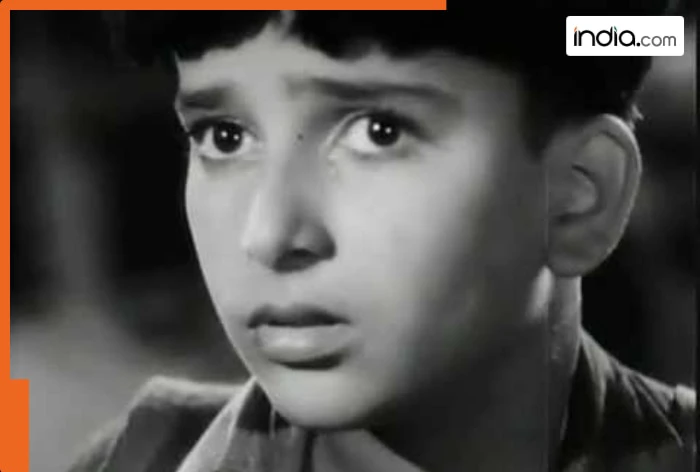While the nation cheered Nargis in Mother India, Guru Dutt in Pyaasa, and Dilip Kumar in Naya Daur, Shammi Kapoor was drowning in a series of 19 flops.
Backed by the Kapoor name yet overshadowed by his father, Prithviraj and brothers Raj and Shashi, his career seemed doomed.
Was he ready to quit it all?
Yes. After four disappointing years in films, Shammi was growing fed up. Feeling stuck in the family shadow, even his marriage to Geeta Bali in 1955 didn’t help critics called him “just Geeta Bali’s husband.” He was so disenchanted he considered walking away possibly to start anew as a tea-plantation manager in Assam.
So how did he get the break that changed everything?
Here came the twist: filmmaker Nasir Hussain initially approached Dev Anand for a lead in Tumsa Nahin Dekha. When that couldn’t happen, he offered the role to Sunil Dutt, who was unavailable. Someone suggested resisting fate: take Shammi Kapoor. Nasir hesitated but trusted the advice of producer Shashadhar Mukherjee (Kajol’s grandfather). Shammi got his shot and turned it into gold.
What made Tumsa Nahin Dekha work?
On screen, everything clicked: Shammi’s electric style, rhythmic dance, quirky dialogue delivery, and charismatic screen presence. Suddenly, the man once pegged as a flop became an overnight star. His look, his swagger, his energy nothing like it existed before. No one could copy him; he became the trend.
Did he continue his reign?
Absolutely. The next hit, Dil Deke Dekho, confirmed the trend. Then came Junglee (1961), a blockbuster also directed by Nasir. Over the next decade, Shammi delivered one hit after another: Professor, Bluff Master, Kashmir Ki Kali, Rajkumar, Janwar, Tisri Manzil, An Evening in Paris, Brahmachari, Prince, Tumse Accha Kaun Hai, Andaaz. From 1961 to 1971, he was Bollywood’s go-to romantic hero.
Did things stay smooth forever?
No. In 1969, during the filming of Rajkumar, he was performing a stunt tied with ropes and an elephant. A fall shattered his knee ending his dancing days. Weight gain and reduced mobility led to fewer hero roles. By the mid 1970s, he shifted to character parts, starting with B.R. Chopra’s Jameer (1975). He even clashed with Chopra over Gumrah, refusing to play a stereotypical husband giving way to an affair, saying “if I’m the husband, how can he cheat?” The clash damaged that offer.
What was his private life like?
Shammi’s love stories made headlines. His first serious affair was with Nutan, but her family sent her abroad. He also loved Madhubala, but she preferred Dilip Kumar. Fate led him to marry Geeta Bali until her illness and untimely death ended their bond. Later, he had a relationship with Mumtaz before she married. Other affairs like with Bina Ramani and Neela Devi were brief or unfulfilled.
How do we sum up his legacy now?
Shammi Kapoor’s story is a lesson in perseverance: 19 flops nearly broke him, then a single film made him immortal. His unique energy and style defined an era; his comeback created one of the greatest Bollywood icons. Even after tragedy, he reinvented himself on screen and lived on through the love of millions.
